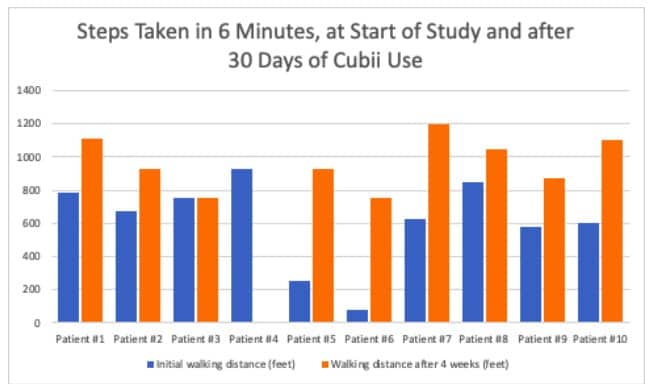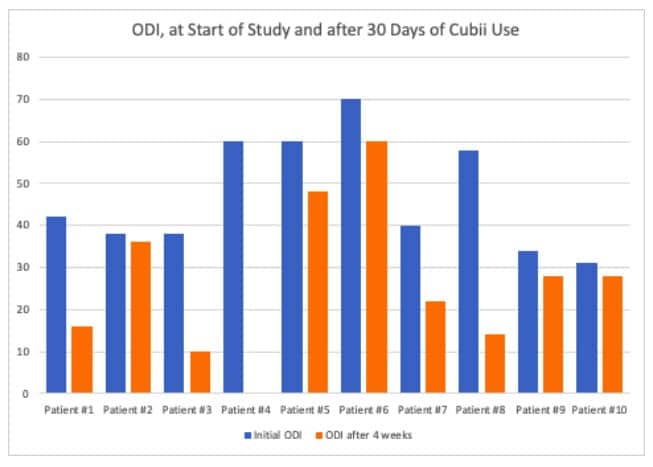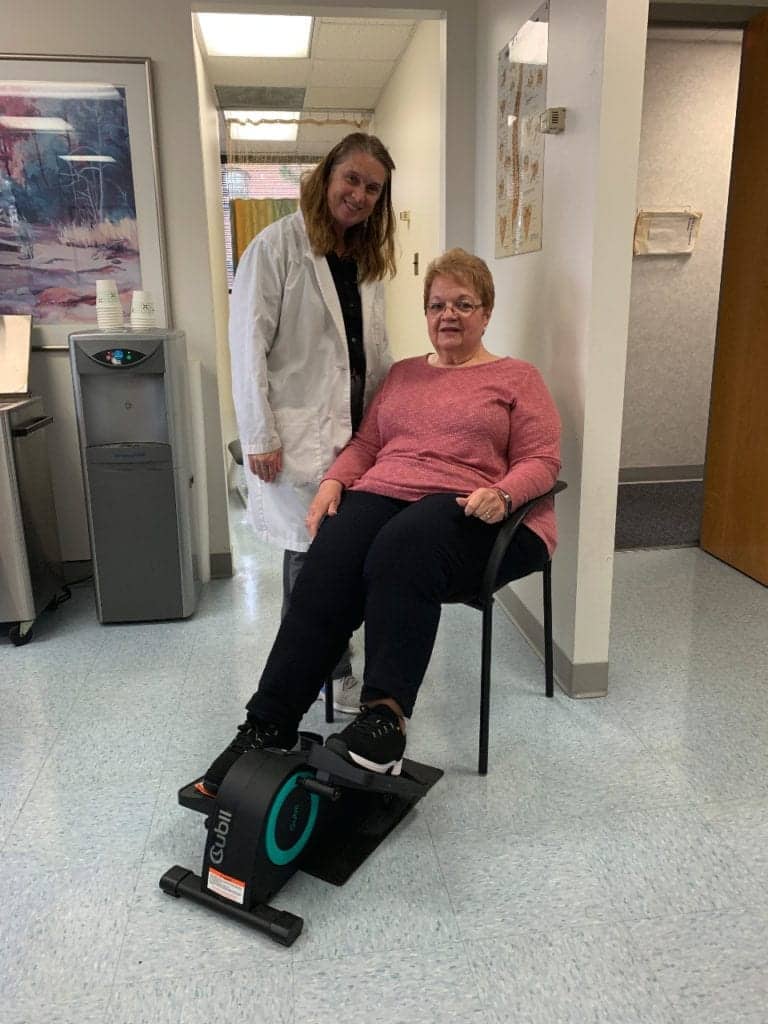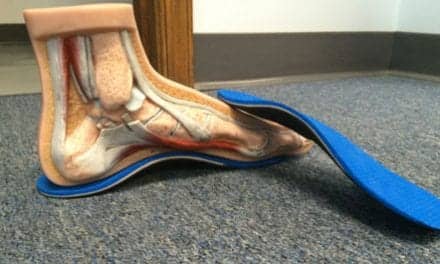By Mary Conway, PT MOMT, senior physical therapist, UChicago Medical Group
Spinal stenosis is a common and painful degenerative disorder that causes pain during normal daily activities like standing and walking. The condition is a result of the narrowing of the spinal canal or neural foramen through which nerves pass, which causes pressure on and inflammation of the nerve roots, which translates to pain. The narrowing of the spinal canal or neural foramen occurs naturally as people age, meaning the incidence of spinal stenosis is higher as we age.
The pain caused by spinal stenosis can be lessened with steroid injections, physical therapy, regular exercise, and surgery. One common problem in treatment, though, is the difficulty many patients have in adopting and complying with a regular exercise regimen.
We wanted to determine whether a device that made regular exercise more accessible and easier to integrate into everyday activities might facilitate exercise adoption and compliance among spinal stenosis patients and therefore restore function.
The Study
To test that hypothesis, we constructed a study of 10 patients who met the following criteria:
- Moderate to severe spinal stenosis (as defined by x-ray findings, symptoms, and diagnosis)
- No comorbid spinal diagnoses
- Sedentary lifestyles
We measured each patient on two metrics: number of feet walked during 6 minutes of walking and score on the Oswestry Disability Index (ODI), which measures lower back pain and the degree to which that pain impacts functionality. We also observed whether patients used an assistive device prior to participating in the study.
We then gave each patient a Cubii, which is an elliptical device designed to be operated from a seated position. We asked that patients pedal on the Cubii daily, starting at 15 minutes per day and increasing pedal duration until they reached 30 minutes per day. We instructed patients unable to pedal consecutively for the full time to break their exercise into multiple sessions that amounted to the recommended duration.
In addition to the daily exercise, we continued offering standard treatment to the patients, including flexion-based exercises, strength training, steroid injections, and other physical therapy interventions. We also provided answers to patients’ questions about using the Cubii.
After 30 days of daily exercise on the seated elliptical, nine of the 10 patients improved on both number of feet walked and ODI measurements, with an average increase of 389 feet in 6 minutes (an average increase of 167%) and a median increase of 324 feet (median percent increase was 52).
ODI, which is measured on a 50-point scale, improved an average of 16.56 points. The median ODI improvements was 12 points.
Four patients saw improvement in their use of an assistive device.
Data


The findings of this study were presented at a joint meeting of the International Society of Physical Medicine and Rehabilitation and The Association of Academic Physiatrists, in March 2020 in Orlando, Fla.
Analysis
Spinal stenosis, like many chronic conditions, can be treated with both surgical and non-surgical interventions. Chief among the latter is physical therapy, which can help relieve the pain spinal stenosis causes.
In addition to physical therapy, maintaining overall fitness and achieving and maintaining a healthy weight can provide significant relief of spinal stenosis symptoms, which in turn restores functional ability to patients. As with many conditions that cause chronic pain, however, spinal stenosis may make it difficult or uncomfortable for patients to engage in the regular exercise necessary to achieve and maintain weight loss.
In treating patients, we commonly recommend exercises such as swimming and pedaling a stationary bike to promote overall health improvement and weight loss, as well as to encourage reciprocal movements that benefit spinal stenosis symptoms specifically. In physical therapy sessions, using a recumbent stepper like the NuStep may also help. While these exercises are all relatively accessible, they generally require patients to leave their home and form a new habit, which is challenging under any circumstances.
To help our patients relieve their spinal stenosis-related pain and improve functionality, we sought exercise options that could fit more easily into our patients’ daily routines. This is why Cubii was selected a technology to be studied as part of this research.

Cubii is an elliptical device designed to be used from a seated position. It is portable and small enough to fit easily in front of a sofa or armchair. It is designed to minimize risk of injury in mounting or dismounting that is associated with some standing ellipticals and larger stationary bicycles. Because it is quiet, patients can use the Cubii while talking on the phone, watching television, playing cards, reading, doing puzzles, playing video games, or doing any other seated activity. Further, the device has a resistance function, which lets patients both pedal at a comfortable level regardless of fitness and gradually build fitness.
An additional benefit we observed is that regular exercise on the Cubii helped our patients return to driving, which some had had difficulty with before the study, due to either feelings of leg pain and numbness or foot weakness caused by radiculopathy. As pain symptoms decreased in the first population and strength gains accrued in the second, driving became easier.
While we believe that a variety of exercises performed consistently over time would offer similar results to spinal stenosis patients, the Cubii offers the advantage of fitting seamlessly into patients’ existing lifestyles, which significantly increases the likelihood of compliance with an exercise regimen.
This increase in compliance has exciting potential implications for patients with other conditions that could improve with regular, low-impact cardiovascular exercise, including those with hip, knee, and joint pain; those with arthritis; and those looking to improve overall cardiovascular fitness.





